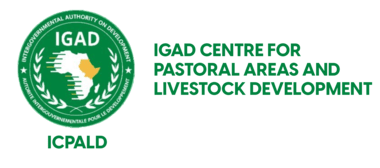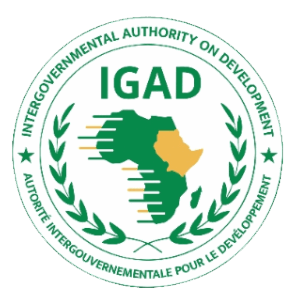- Version
- Download 2
- File Size 15.18 MB
- File Count 1
- Create Date June 28, 2025
- Last Updated June 28, 2025
Participatory Rangeland Management Guidelines for Practitioners
In the IGAD region, the term rangeland refers to “land on which the indigenous vegetation (climax or sub-climax) is predominantly grasses, grass-like plants, forbs or shrubs that are grazed or have the potential to be grazed, and which is used as a natural ecosystem for the production of grazing livestock and wildlife.”
Here rangelands support a rich diversity of flora and fauna of socio-cultural, economic and ecological importance. They provide a host of ecosystem services, including acting as watersheds and supporting important biogeochemical cycles. Rangelands also host sacred sites that are valued for spiritual and religious purposes. These sites often conserve islands of indigenous biophysical resources, including important biodiversity, as well as being linked to the cultural identity of certain ethnic groups. Rangelands, therefore, have high cultural diversity closely linked to their ecosystem diversity.
Rangelands dominate the arid and semi-arid lands of the IGAD region. Sixty to 70 percent of the region’s landmass is arid and semi-arid land, where pastoralism and agropastoralism are the main livelihoods dependent on natural rangelands. These rangelands are the backbone of the livestock industry, contributing significantly to the member countries’ national GDP by providing various economic and livelihood opportunities. With over 60 per cent of the livestock population in rangelands, the livestock sector contributes between 10 and 50 per cent of individual countries’ agricultural GDP. About 53 per cent of the region’s cattle (51 million), 71 per cent of the goats (58 million) and 68 per cent of the region’s sheep (58 million) are in arid and semi-arid lands.



